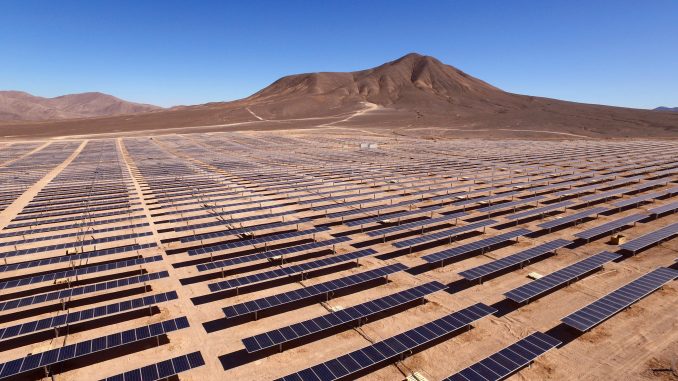
In the last two centuries, we have seen a dramatic increase in the amount of energy consumption across different regions. As such, experts have continuously tried to find different sources of energy that might prove to be more effective and practical in the long term. Coal, natural gases, biomass and biofuels, and other renewable sources of energy like hydroelectric, solar, wind and geothermal have all been used as efficient energy sources. However, the recent changes in the global economy, as well as the inevitable depletion of natural resources, are making it seem that there might be a winner in the energy sweepstakes after all.
In 2017, asset management company Lazard published a report showing how the production costs for different energy sources have changed throughout the years. The most interesting part? Since 2009, operating costs coming from utility-scale solar plants that produce electricity have dropped by a massive 86%. Based on the data from Lazard’s number crunching, that translates to around $50 in production costs for one megawatt-hour of electricity. To provide perspective, if we were to use coal (the most commonly-used energy source at the moment) to produce the same amount of electricity, the total cost will be around $102. That’s more than twice what it would cost if we went solar instead. Imagine how much companies can start saving if they were to replace the energy systems for major manufacturing businesses with solar sources? Cheaper factory costs for automotive alone will dramatically shake up the global economy.
Given how quickly the costs for solar energy production are decreasing each year, it will not come as a surprise if the rest of the world catches up on the trend. After all, a growing number of companies have already started using renewable power sources, like wind, hydroelectric and solar, to energize new car designs and building models. According to a report by the United Nations Environment Programme (UNEP), 12% of the world’s energy last year were produced from renewable energy sources. In 2017 alone, solar energy received a whopping $160.8B in investment, with the renewable energy sector as a whole, securing over $200B in investment. China was the biggest spender in the renewable sector over the past year, funding $126.6B.
People have long been open to choosing renewable energy sources over fossil fuels like coal and oil, especially because they are more environment-friendly.But now that the actual production costs are also shaping up to favor renewables, the transition to let go of traditional fuels might finally get a head-start.
Lazard also acknowledges that despite the attractive costs, solar energy might not be the cure-all power source the world is looking for. For one, the energy generation process itself is troublesome because it is highly dependent in storing solar power, and that has proven challenging for several areas where the weather is not as accommodating. For instance, a few cloudy or rainy days can significantly affect the energy that can be stored in the system, especially when you factor in that solar panels will not be able to store energy during the night. Additionally, storing solar energy for an extended period of time is quite difficult for developing countries with non-advanced battery technology. Until storage and battery technologies improve globally, most countries will have to settle for a combination between traditional and renewable energy sources.
Another challenge for supporters of solar energy is government support. In April 2018, a bill that was aimed to mandate new homes to be outfitted with solar panels was shut down at the South Carolina House of Representatives. The bill would have removed a 2-percent limit cap set on solar power expansion in the state. However, the move was strongly opposed by local utility companies who were afraid to lose revenue to the growing solar rooftop market. Despite backers of solar energy advocating for a cleaner and money-saving way to generate electricity, the bill failed to receive the needed ⅔ of house votes.
Resource-wise, solar energy is among the cheapest and most efficient renewable energy sources that we can focus on right now. The gap between the costs of renewable energy sources and traditional energy technologies (fossil fuels, oil) is only expected to widen as time progresses, and ideally science should be able to catch up by providing better systems to harness the energy with. Unfortunately, the global storage technology is not yet capable of meeting and sustaining the generational energy needs of a country, let alone the world. Thus, the best solution right now is to find a complementary balance between renewable and traditional energy sources.

